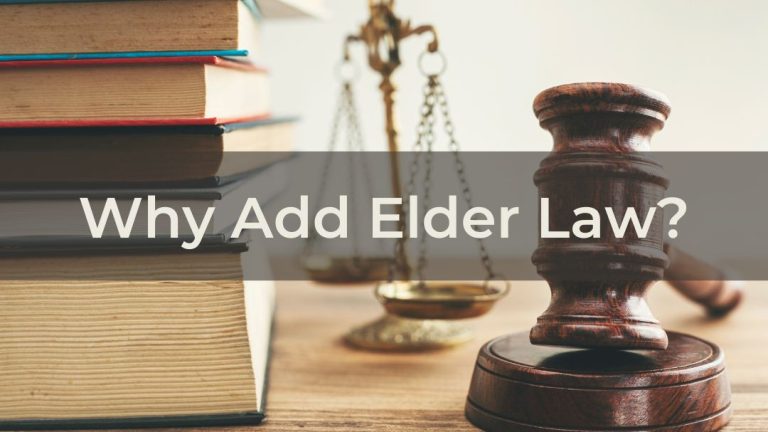Transferring a Tax-Deferred Annuity to a Medicaid Compliant Annuity Using an IRC Section 1035 Exchange

Many elder law attorneys dread when a client discloses they own a tax-deferred annuity when planning for long-term care Medicaid benefits. The client, upon advice from their financial advisor, may have purchased this annuity product to create income for the remainder of the client’s life while deferring tax consequences. However, the ability to access the underlying investment funds creates a problem when contemplating immediate Medicaid eligibility. The client’s goal has switched from deferred taxation with a dedicated income stream to minimizing countable resources for Medicaid qualification purposes. Let’s discuss one arrow the elder law attorney has in their quiver to help navigate this priority shift.
Why Tax-Deferred Annuities are Problematic in Crisis Medicaid Planning
The goal of crisis Medicaid planning is to help the client qualify for assistance from Medicaid to pay for the expensive cost of receiving care in a nursing home as quickly as possible. In order to qualify for these benefits, the client has to meet specific income and asset criteria. Unfortunately, a deferred annuity has an accessible cash value that will be considered an available resource for Medicaid qualification purposes. Since the Individual Resource Allowance is $2,000 in most states, the annuity’s cash value would disqualify them from benefits.
Watch Now: How Existing Non-Compliant Annuities Affect Medicaid Eligibility
Options to Handle a Deferred Annuity in Medicaid Planning
The most straightforward answer to this quandary is to liquidate the annuity and use the funds to purchase a Medicaid Compliant Annuity (MCA). This would convert the countable resource to an income stream which could help pay through any penalty period created by a gifting strategy. However, if the annuity has successfully gained value, the contract owner would incur immediate tax consequences as well as a surrender charge if the contract is liquidated. In order to spread out the tax liability and quickly convert the resource to an exempt asset, the client could instead transfer to policy directly into an MCA.
Read More: The Rules of a Medicaid Compliant Annuity
What Is a 1035 Exchange?
Internal Revenue Code Section (IRC) 1035 (a)(3) states that no gain shall be recognized on the exchange of an annuity contract for another annuity contract. The purpose of this section is to allow taxpayers who have not actually realized gain to exchange an annuity contract for another better suited to their needs. The rules also state that the contracts exchanged must be owned by the same person or entity so simply transferring ownership to another individual would not comply with the IRC.
Transferring a Tax-Deferred Annuity to an MCA
In order to maintain ownership of the contracts, the client can initiate a transfer of the tax-deferred annuity by completing paperwork to notify the holding insurance company to move the funds directly from one insurance company to another. The client will not receive a check or realize any actual gain from the change of ownership and annuity type. Rather, the MCA insurance company will receive the annuity funds directly. However, the original annuity provider may still impose a surrender charge for the transfer.
Transferring a tax-deferred annuity directly to an MCA allows the client to avoid an immediate tax burden. Instead of incurring immediate taxation, taxes would be due as payments from the MCA are made to the owner, which can be spread out over the owner’s life expectancy. The transfer also converts a countable resource that previously blocked Medicaid qualification into an income stream with no penalty. This allows the client to take what was a problematic asset for qualification and convert it to an exempt resource and income stream without incurring immediate tax liability.
Download Now: How to Handle Non-Compliant Annuities in Medicaid Planning
The Importance of Working with Experienced Annuity Providers
Collaborating with experienced annuity providers is vital to ensure your clients receive an annuity policy that meets their needs and adheres to the necessary requirements when achieving Medicaid eligibility. At Krause Financial, we have successfully guided elder law attorneys and thousands of their clients through the annuity valuation process. When you work with us to evaluate existing annuities or purchase a Medicaid Compliant Annuity as your clients prepare their Medicaid crisis plan, you can rest assured both you and your client are in good hands. If you have a client that owns any type of annuity, we encourage you to contact our office for a complimentary review of the contract.

Jim is responsible for creating, curating, and promoting high-quality content related to the estate planning and elder law industry. He also plays a primary role in designing and maintaining a robust education and content calendar for Attorney Access.



